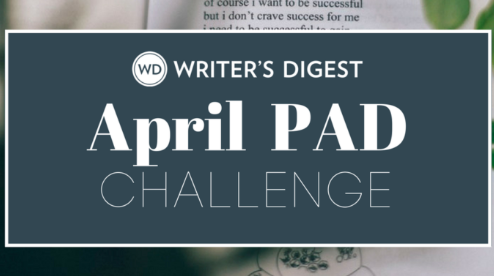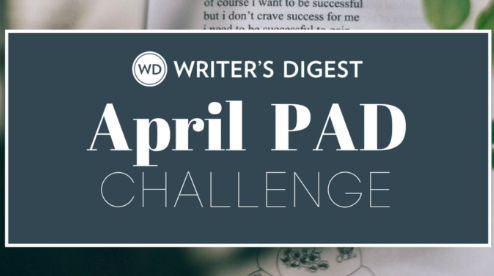Concrete Poems: Or Sculpting Poetry
Concrete poetry is one of the more experimental poetic forms available to poets. Concrete poems use space and sound to communicate the meanings of the words. Words can cover other…
Concrete poetry is one of the more experimental poetic forms available to poets. Concrete poems use space and sound to communicate the meanings of the words. Words can cover other words; and the poem has trouble standing without the structure. Concrete poetry is more visual than other poetic forms.
Of course, concrete poetry has plenty of detractors because of the weight structure has on the words, but as much thought goes into concrete poetry as any other form.
Here's an example:
"The 800"
We line up. We wait for the "set"
and then gunblastexplosionbangandwe'reoff
run
ni ng
in ou
rf ir
st ci
rc le,
ou rf
ir st
lap,
but
th er
ea lr
ac es
ta rt
so nt
he se
co nd
lap,
and
then
we're
tumbling
in
from
first
to
last.
As you can see from this example, taken from my days of running track & field, the structure gives the poem added weight and importance. Without the structure, this poem would just read:
"We line up. We wait for the 'set' and then gun blast explosion band and we're off running our first circle, our first lap, but the real race starts on the second lap, and then we're tumbling in from first to last."
In the concrete form, I was able to simulate the two laps that an 800 racer must run, which coincidentally forms a figure 8. Also, I can simulate the wait before the gun blast to start the race and the initial jumbled feeling of the start all the way through to the way each runner finishes in a different place "from first to last."
This form can be very fun to write. Of course, you'll need to think of subjects that open themselves up to a certain type of form. You could write a heart-shaped love poem, a scary jack-o-lantern poem. The sky really is the limit (or is it?).
*****
Robert Lee Brewer is Senior Editor of Writer's Digest, which includes managing the content on WritersDigest.com and programming virtual conferences. He's the author of 40 Plot Twist Prompts for Writers: Writing Ideas for Bending Stories in New Directions, The Complete Guide of Poetic Forms: 100+ Poetic Form Definitions and Examples for Poets, Poem-a-Day: 365 Poetry Writing Prompts for a Year of Poeming, and more. Also, he's the editor of Writer's Market, Poet's Market, and Guide to Literary Agents. Follow him on Twitter @robertleebrewer.




